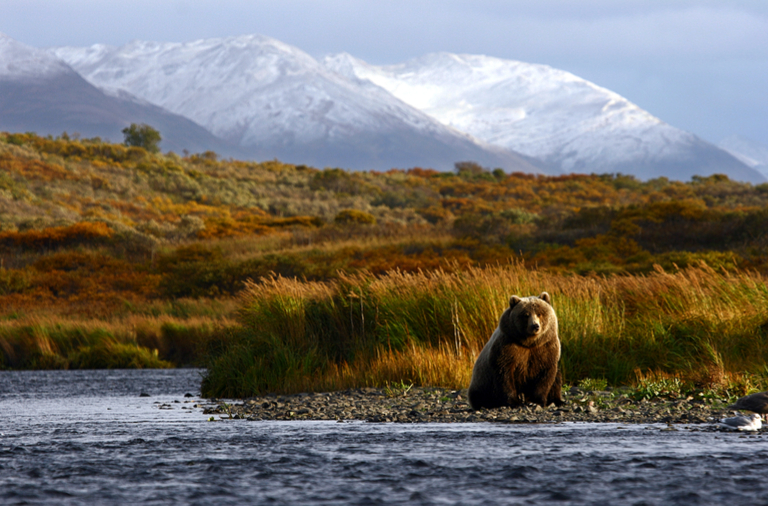 There is no way to meet the targets laid out in The Paris Agreement without keeping 90 percent or more of remaining coal, oil and gas in the ground. The adoption of this accord by more than 190 countries on December 12, 2015 marks the end of the era of fossil fuels.
There is no way to meet the targets laid out in The Paris Agreement without keeping 90 percent or more of remaining coal, oil and gas in the ground. The adoption of this accord by more than 190 countries on December 12, 2015 marks the end of the era of fossil fuels.
The final text still has some serious gaps, and the timetable will have to speed up, but the treaty places a red line on carbon emissions that all nations have agreed we cannot cross. With science, economics and law coming into historic alignment, a solar-powered economy is now unstoppable, and it will change everything. Will it come soon enough to matter? Will it be enough? How difficult will the transition be?
There is a still a very large gap between climate science and this new prescription. There is a gap in political will, economic planning and general public awareness that must be bridged, and quickly. Our new way of operating will be crafted in the coming decade. This book looks at the pieces we have and the pieces that are still missing.
The Paris Agreement follows the author’s personal journey from COP-15 in Copenhagen to Le Bourget’s Blue Zone, stopping along the way at endangered tropical rainforests, melting glaciers and sinking islands. It takes you through the exciting weeks in Paris, with the outcome uncertain, and how the text made its way through each day. We hang out in Belushi’s Bar, attend the nightly Place to Brief, and travel along the Seine with the First Nations.
At no time have the historic stakes been higher. In Paris there was rare drama, being played out among people from every corner of the planet, through the long hours of each night. Albert Bates takes us there, watches it all as it happened, and then looks at the final document, reproduced in entirety, and what it does and does not say.


